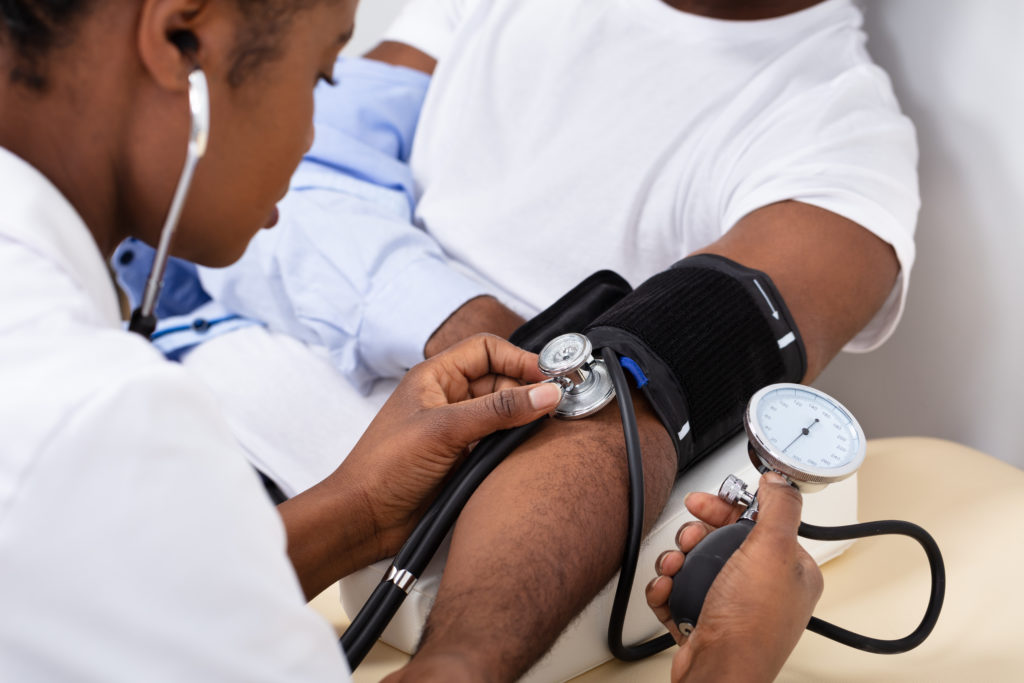
Recently, the results from the first ever comprehensive global analysis of trends in hypertension prevalence, detection, treatment and control were released. In addition to revealing the rise in incidence, the comprehensive global analysis identified several trends:
The analysis was released by the World Health Organization and the Imperial College of London. It conveys data from 1990-2019 from 100 million people across 184 countries.
Along with these study results, the World Health Organization released a new ‘Guideline for the Pharmacological Treatment of Hypertension in Adults’. These guidelines offer recommendations to help countries better manage hypertension, such as advice on initiating pharmacological treatment, using laboratory testing, and assessing cardiovascular disease risk.
With the creation of the UN Sustainable Development Goals in 2015, we have seen a greater focus on the management of noncommunicable diseases, like cardiovascular issues. Hypertension provides a unique opportunity in that it is easily diagnosable and has effective low-cost treatment options available. It is vital to ensure equitable access to timely diagnosis and treatment for people across the globe.
Recent Posts

Global Alliance for Patient Access
© 2024 GAfPA. All Rights Reserved
| Cookie | Duration | Description |
|---|---|---|
| cookielawinfo-checkbox-analytics | 11 months | This cookie is set by GDPR Cookie Consent plugin. The cookie is used to store the user consent for the cookies in the category "Analytics". |
| cookielawinfo-checkbox-functional | 11 months | The cookie is set by GDPR cookie consent to record the user consent for the cookies in the category "Functional". |
| cookielawinfo-checkbox-necessary | 11 months | This cookie is set by GDPR Cookie Consent plugin. The cookies is used to store the user consent for the cookies in the category "Necessary". |
| cookielawinfo-checkbox-others | 11 months | This cookie is set by GDPR Cookie Consent plugin. The cookie is used to store the user consent for the cookies in the category "Other. |
| cookielawinfo-checkbox-performance | 11 months | This cookie is set by GDPR Cookie Consent plugin. The cookie is used to store the user consent for the cookies in the category "Performance". |
| viewed_cookie_policy | 11 months | The cookie is set by the GDPR Cookie Consent plugin and is used to store whether or not user has consented to the use of cookies. It does not store any personal data. |